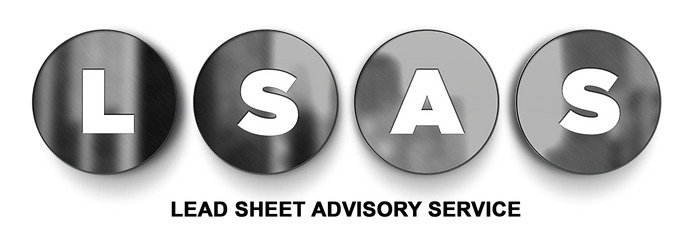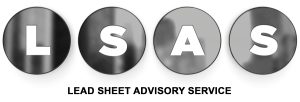WHAT IS ROLLED LEAD SHEET?
Rolled lead sheet is a material used for a range of roofing applications, From flashings, and valley gutters to entire roof coverings, the versatility of this material is enviable. In the UK, for lead sheet to be used for roofing applications, it needs to meet certain standards. The British standard for lead as a material is BS EN 12588.
The standard relates to thickness consistency and the formation of a knitted grain. Adherence to this standard, coupled with exacting methods of installation. As such, rolled lead sheet, when used correctly for roofing applications, can be expected to last for centuries, not decades.
WHAT ARE CODES?
The code of rolled lead sheet applies to the thickness of the material.
The overview below explains each code from 3-8
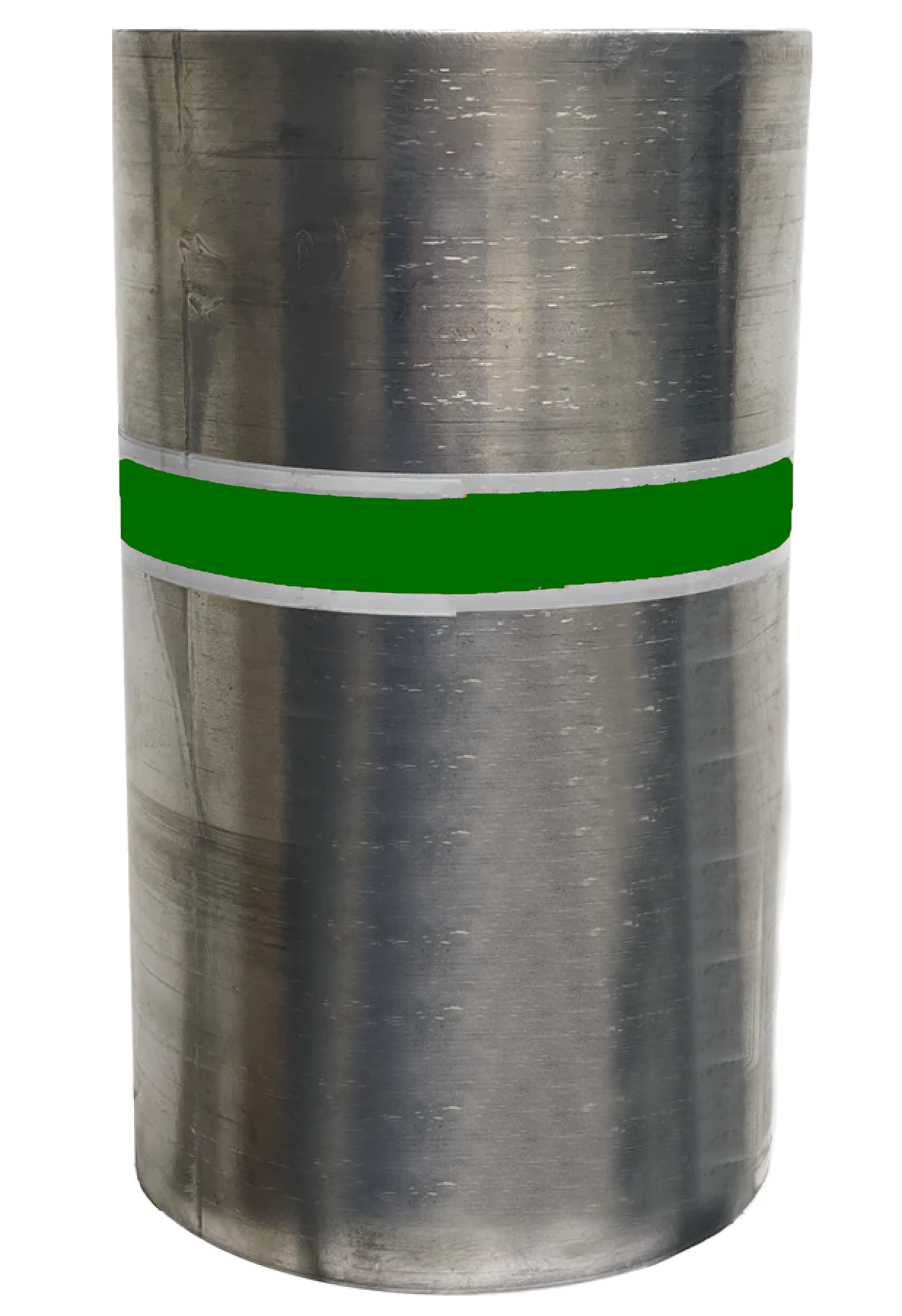
Code 3 lead can be identified by a GREEN label.
Code 3 lead has a thickness of 1.32mm and a weight of 14.97 kg/m2. Common uses for code 3 lead are on areas which have limited exposure or are covered by further, thicker grade lead flashings.
Often, owing to the thickness, code 3 lead is used for soakers which are interleaved between slates.
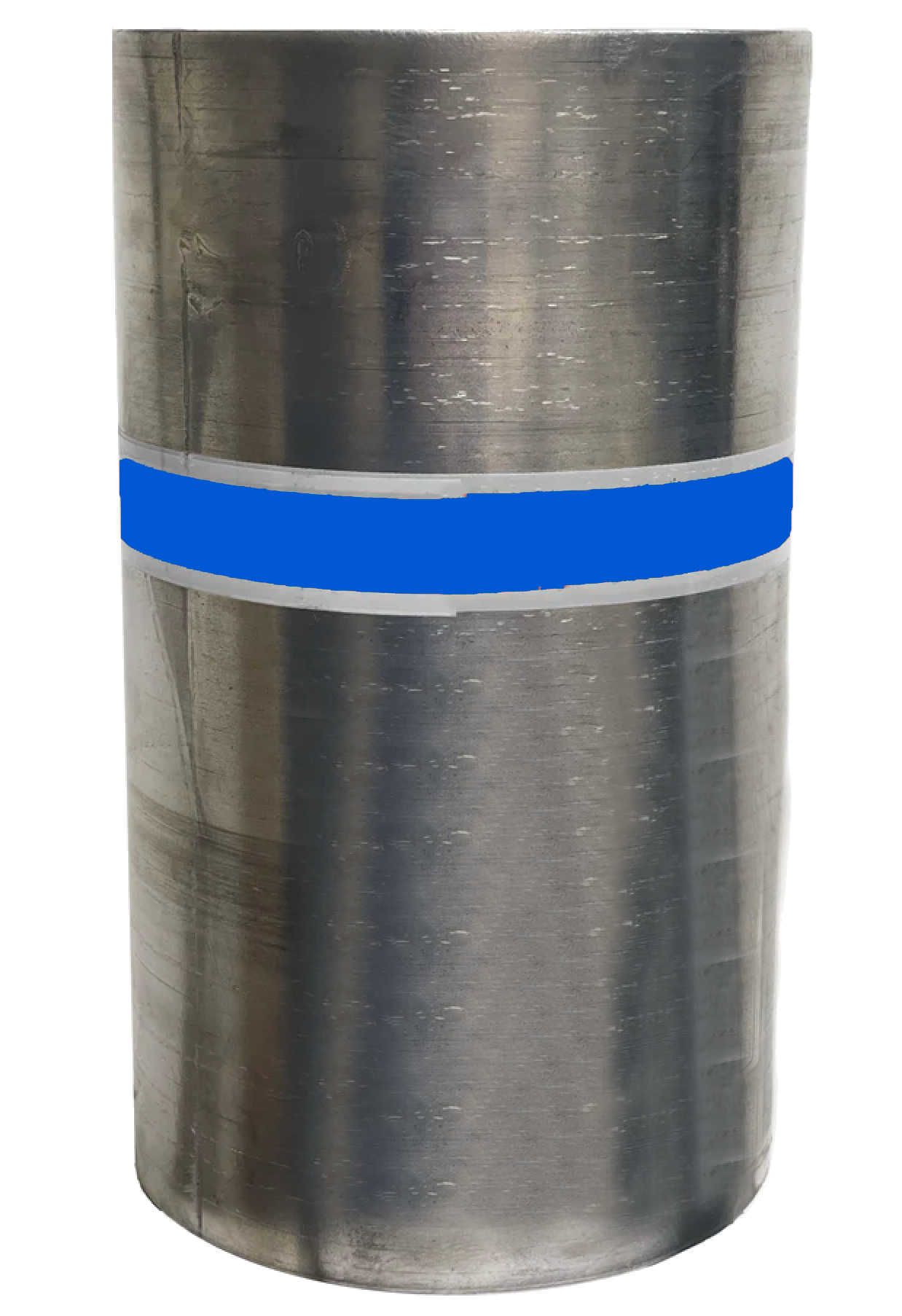
Code 4 lead can be identified by a BLUE label.
Code 4 lead has a thickness of 1.80mm and a weight of 20.41 kg/m2 This code of lead can be used in exposed areas for flashings, pitched valley gutters and vertical cladding.
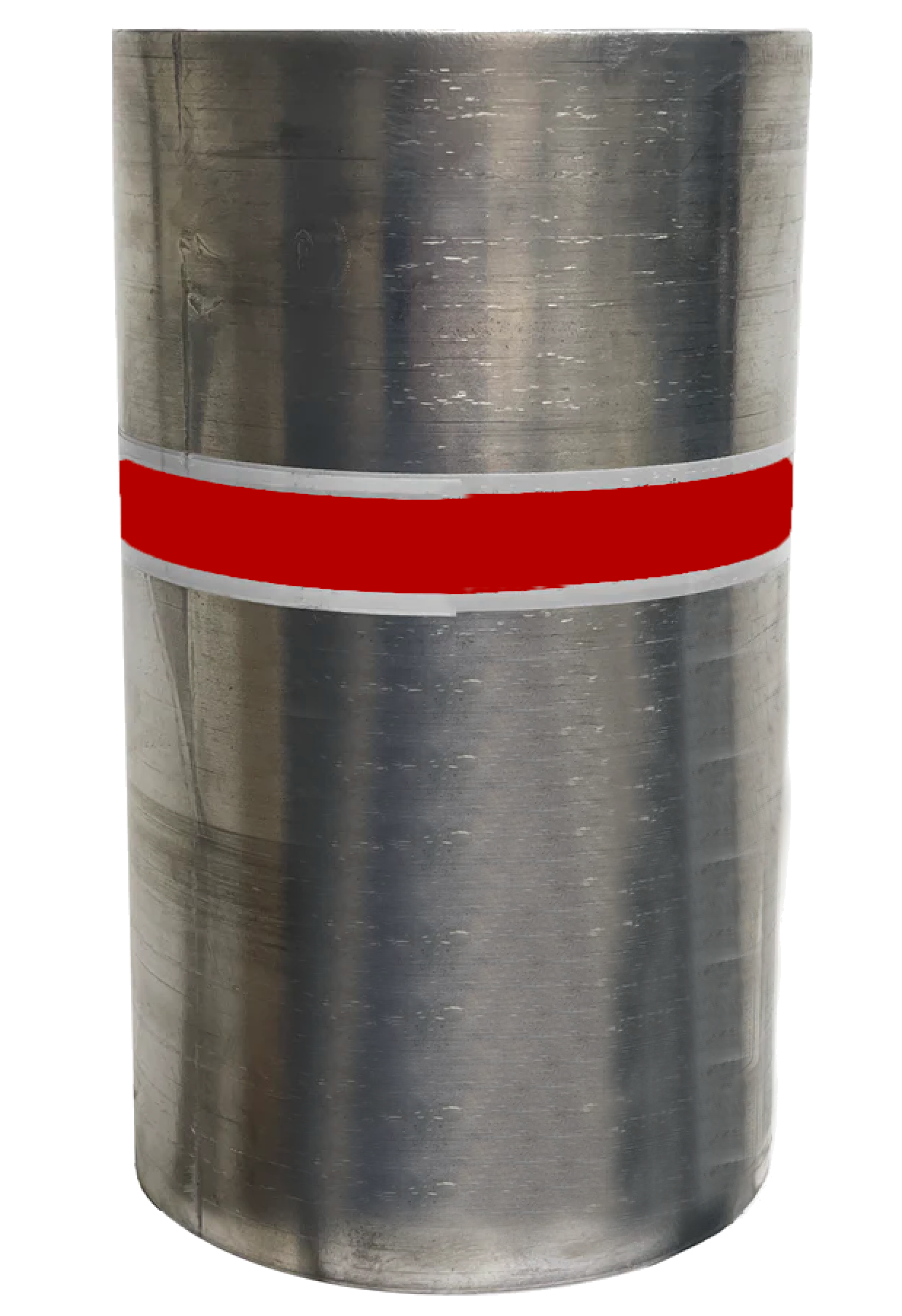
Code 5 lead can be identified by a RED label.
Code 5 This has a thickness of 2.24mm and weight of 25.4kg/m2. Code 5 is versatile, it can be used to form many lead details including lead flashings, valley linings, back gutters, aprons, bays, lead dormer roof coverings and more.
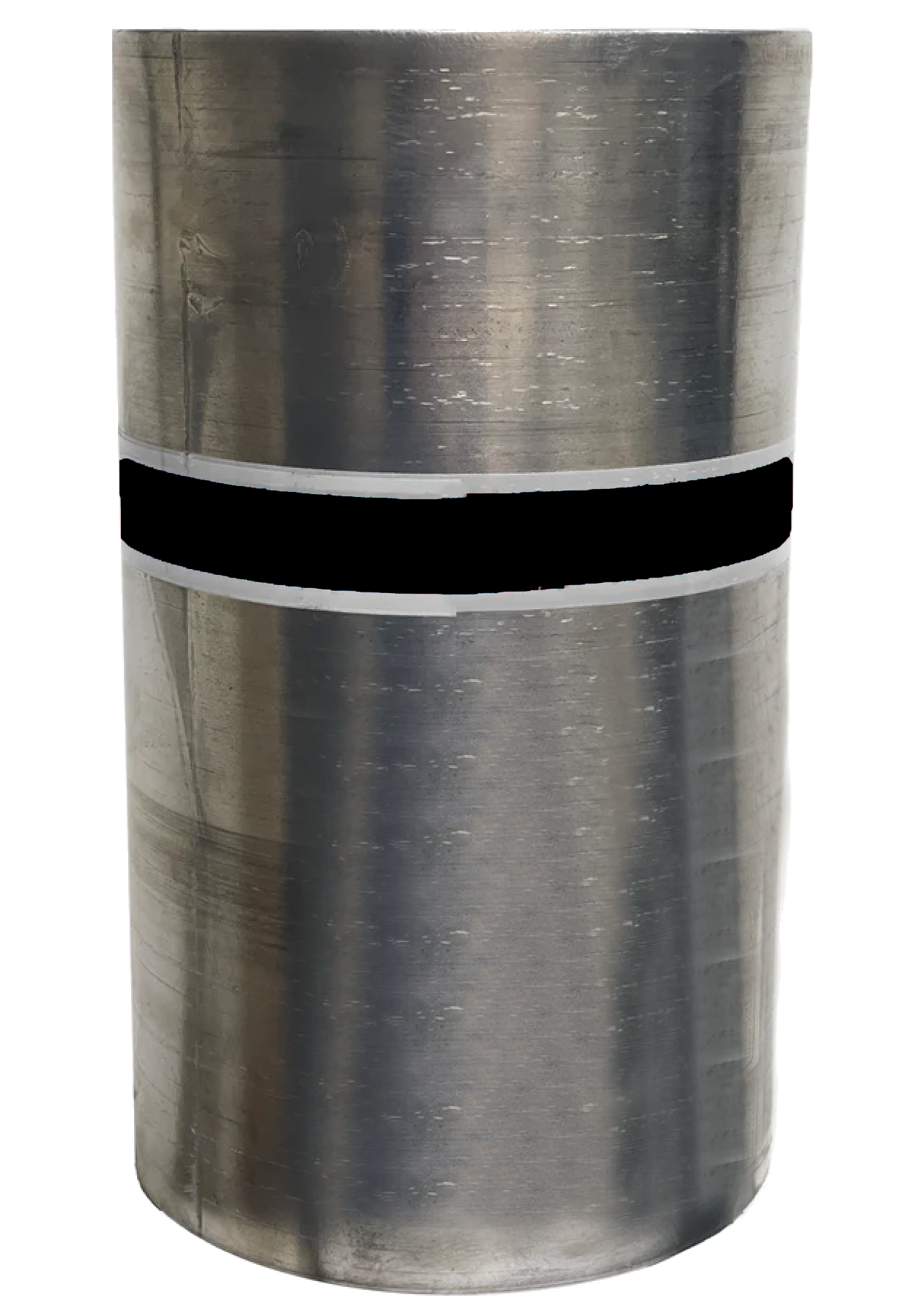
Code 6 lead can be identified by a BLACK label.
Code 6 This has a thickness of 65mm and weight of 30.5kg/m2. Code 6 lead is used for applications where there may be greater exposure or further longevity is required, Eg: Flat lead roof coverings, lead gutter or valley linings, aprons, lead box gutters, lead channels, lead sumps or outlets.
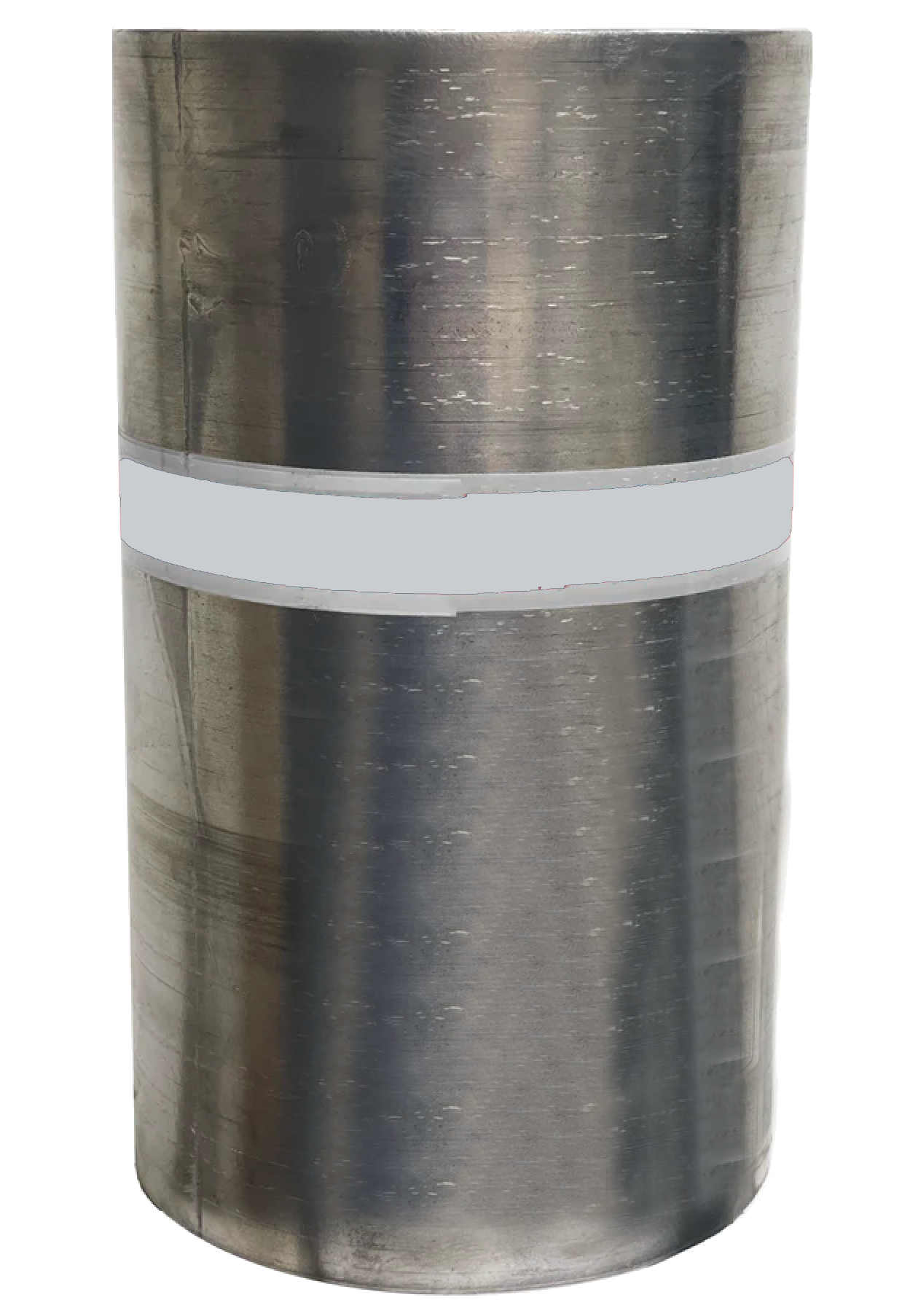
Code 7 lead can be identified by a WHITE label.
Code 7 This has a thickness of 3.15mm and weight of per 35.72kg/m2. Code 7 lead would normally be reserved for use on churches or stately homes for example. Ideal for areas where increased bay lengths, versus Code 5, is necessary or in locations of high exposure. When Code 7 is installed correctly, will offer an extremely long lasting roof covering.
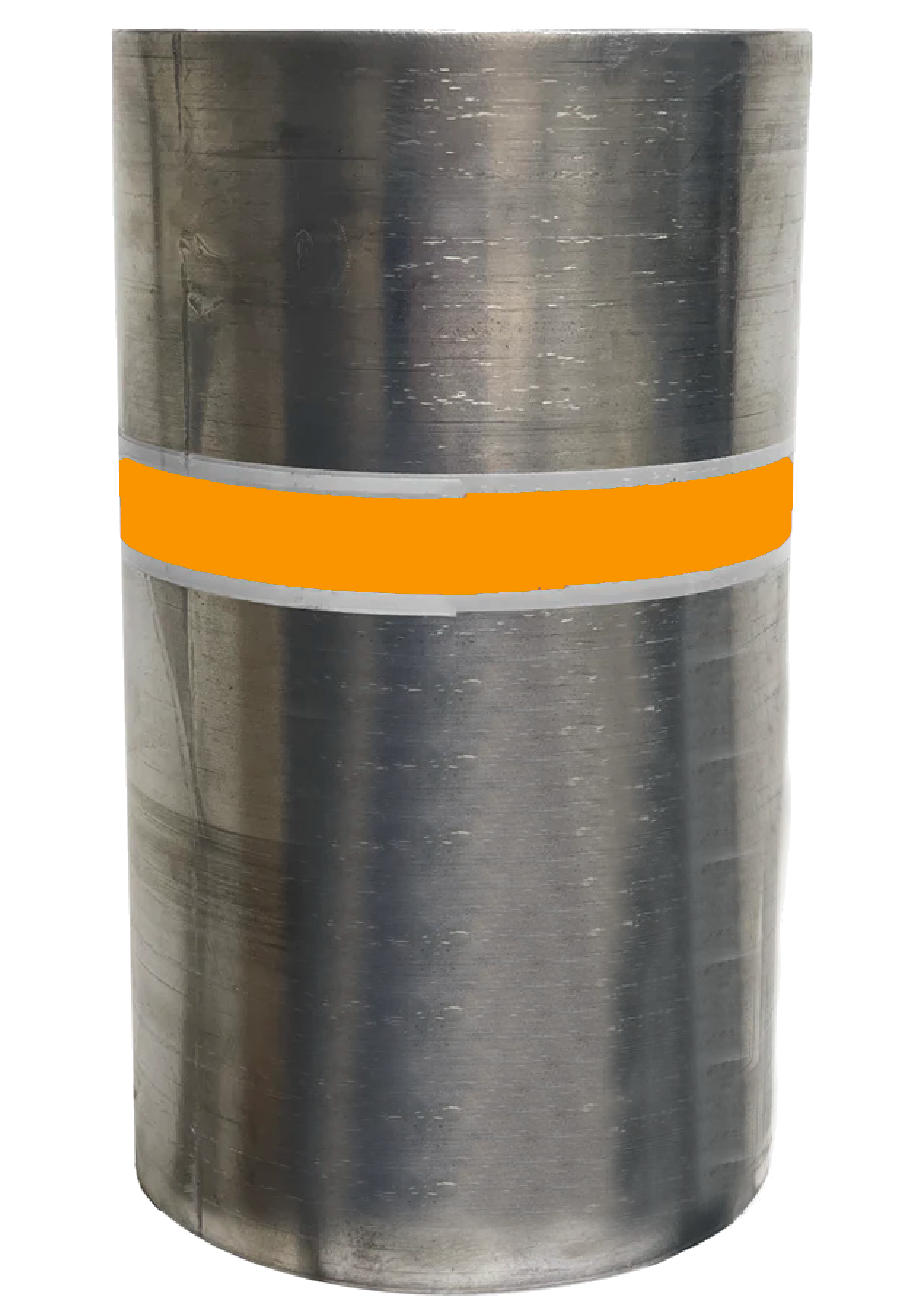
Code 8 lead can be identified by a ORANGE label.
Code 8 This has a thickness of 3.5mm and weight of 40.26kg/m2. This code of 8 lead is not used widely.
Code 8 lead would be considered for use on large scale roof areas such as cathedrals and certain high profile public buildings. The main advantages of Code 8 is longevity and versatility in terms of bay sizes.
